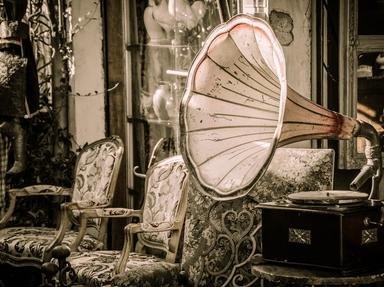Quiz Answer Key and Fun Facts
1. Which society is most commonly believed to have invented the napkin?
2. In the Middle Ages, before the napkin became commonplace on tables, what did diners often use to clean their hands at meals?
3. In the 16th century, Flanders was a center of the linen business. They made napkins the size of an ell and a half. What is the length of ell? (And I've got to hand it to you, most napkins aren't this size anymore.)
4. Napkins used to become quite dirty during meals from people wiping their hands. The invention of the ______ rendered the napkin almost obsolete.
5. Some French monarchs gave guests two napkins at meals. Why?
6. What other use, which may have saved lives, did napkins have at the court of Versailles?
7. Folding napkins into elaborate shapes, sometimes to resemble flowers and animals, took off in the 17th century. Which author of a famous diary wanted to pay someone forty shillings to teach his wife to fold napkins?
8. Before it became practical to wash napkins after every meal, family members reused napkins until they were dirty. However, who was always to have a clean napkin?
9. Many napkin folders, like 19th century's Isabella Mary Beeton, said and say that napkins need ironing in order to fold them into elaborate shapes. What else did they need?
10. These days, the rules of napkin etiquette are much more relaxed than they used to be, and people can put any napkin fold on a dinner table. What was the most common shape of a folded dinner napkin of yore?
Source: Author
Caseena
This quiz was reviewed by FunTrivia editor
bloomsby before going online.
Any errors found in FunTrivia content are routinely corrected through our feedback system.

